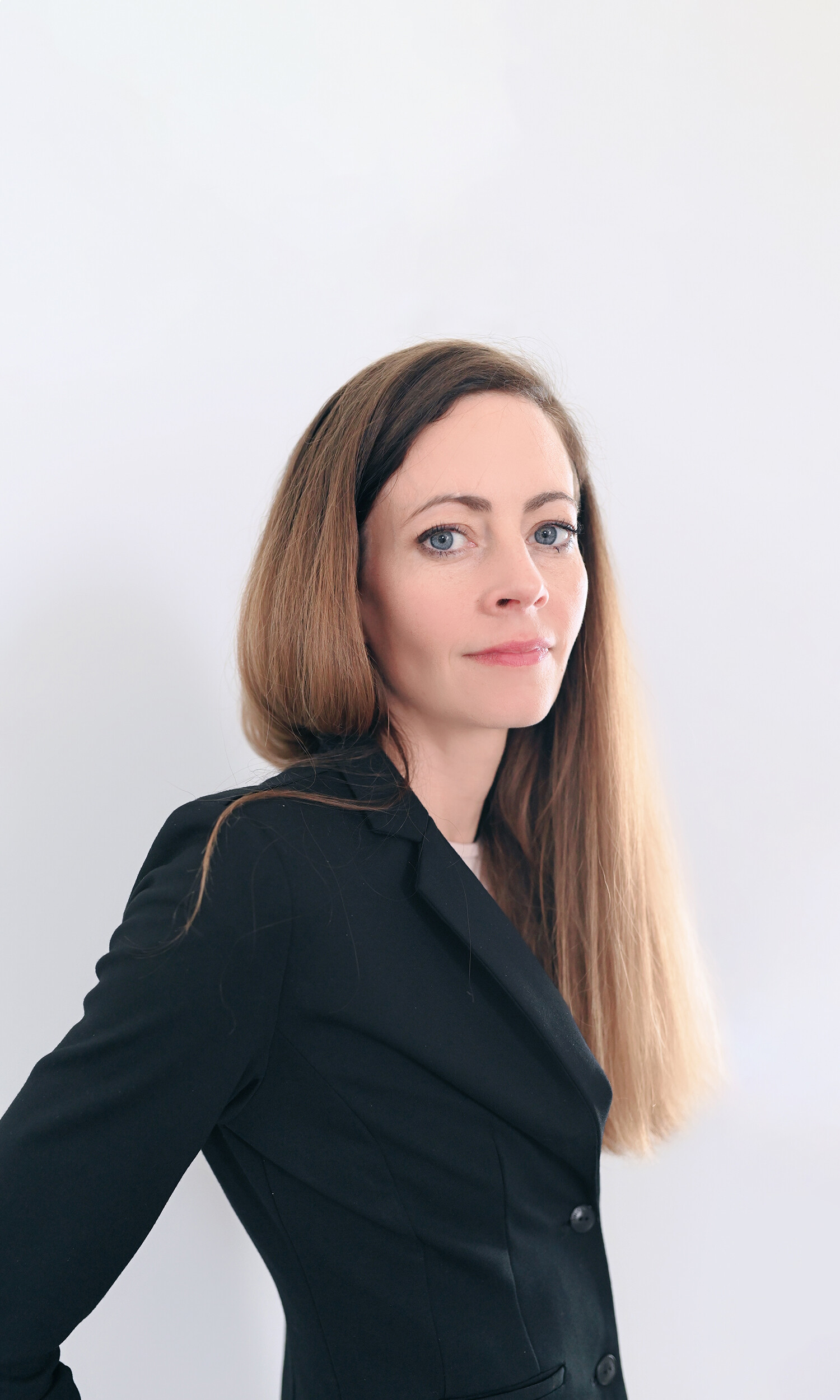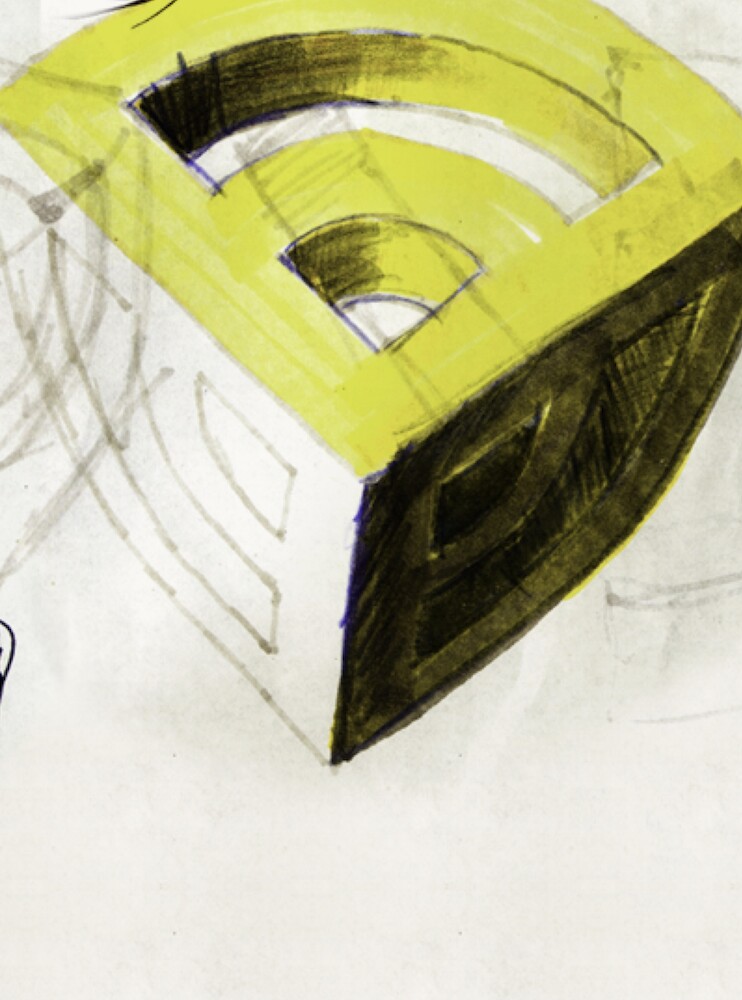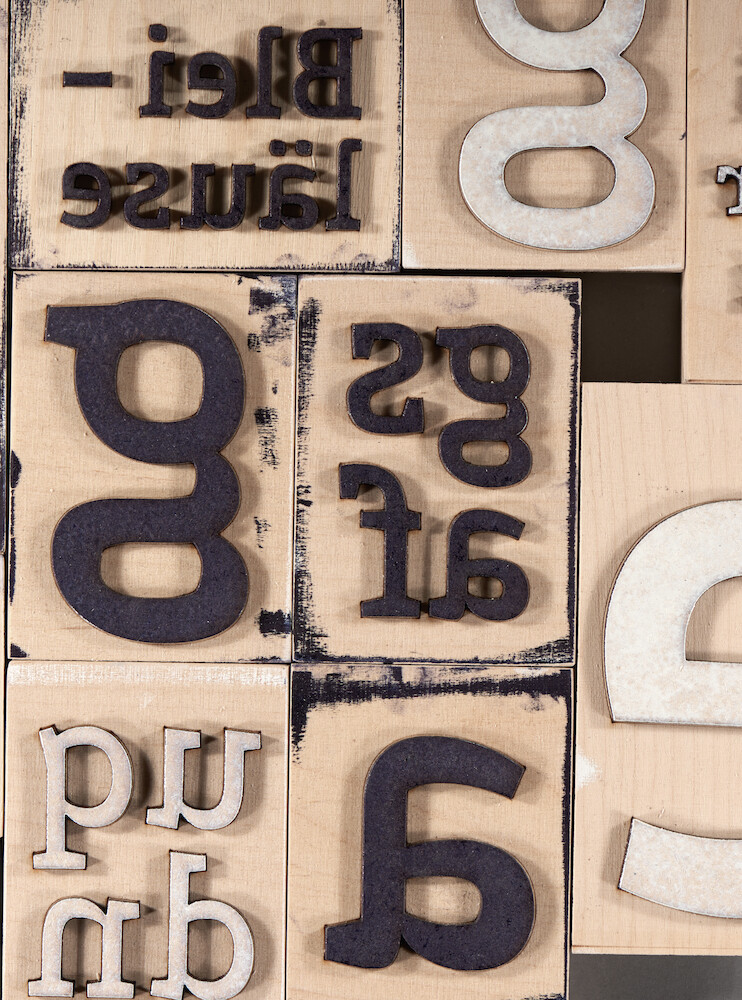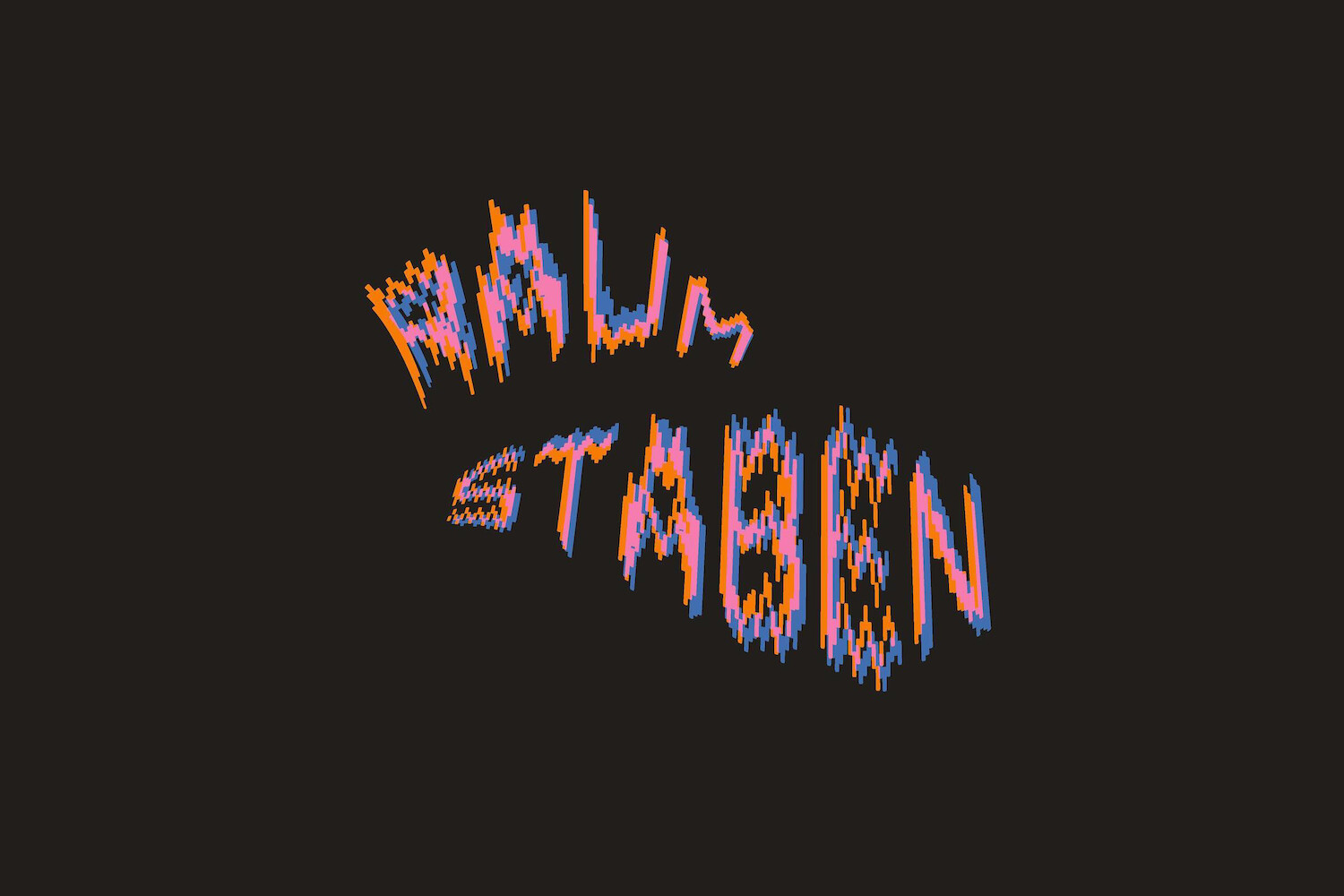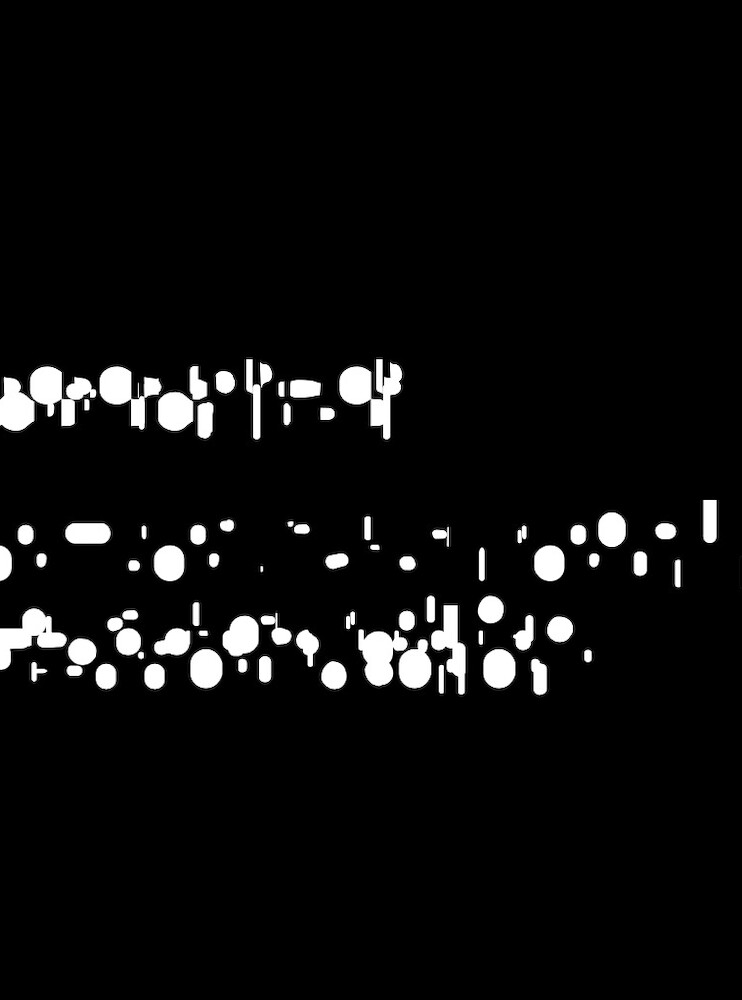Natascha Dell
Lecturer in Typography and Computer-Aided Design
I approach and teach the subject of computer-aided design as a (digital) design methodology. My teaching is not confined to a single medium or domain (e.g., book design, posters, web, corporate design, generative design) but instead focuses on overarching methods for tackling design projects—from concept development to final production. Nevertheless, my role at the Folkwang University of the Arts also includes imparting purely technical design skills.
Another major focus of my current teaching—besides type design—is digital typography, which I cover in my computer-aided design courses. In recent years, I have become increasingly engaged in research on the future of typography, particularly in relation to media and technological developments. This interest has grown into a dedicated research field, which I am currently pursuing in collaboration with Prof. Claudius Lazzeroni as part of a research group.
Type Design
The type design curriculum begins with theoretical foundations that prepare students for the design of typefaces. Through seminars, students are introduced to the conceptualization, design, and technical implementation of type. The goal is to develop an in-depth understanding of the field of type design and to cultivate sensitivity in working with letterforms.
Assignments vary and cover diverse applications, ranging from interfaces and posters to book typography and digital media, and may follow functional or experimental approaches. My courses provide both theoretical knowledge and hands-on practice in type design, exploring various techniques and methods for designing letterforms and symbols. Students also receive guidance in the use of type design software.
Computer-Aided Design
The computer-aided design program offers both broad and in-depth engagement with design processes in digital environments. It explores the intersections between analog and digital design workflows, linking contemporary digital methodologies to traditional, formerly manual techniques. Through practical assignments, students acquire detailed knowledge, tools, approaches, and methodologies essential to digital design—from conceptualization through execution to production. The course establishes a foundation for the conscious, professional, and effective use of digital tools for various design purposes.
The exploration of digital tools in the design process serves to develop an originally digital and individual way of working. The curriculum includes both theoretical and practical engagement with (analog-) digital design processes.
The goal is to provide students with a broad foundation of digital design techniques while cultivating their individual digital craftsmanship. The program covers both fundamental and advanced knowledge in applied digital design. As students progress, they can further specialize in specific design areas, integrating theoretical, methodological, or technical aspects into their work.
